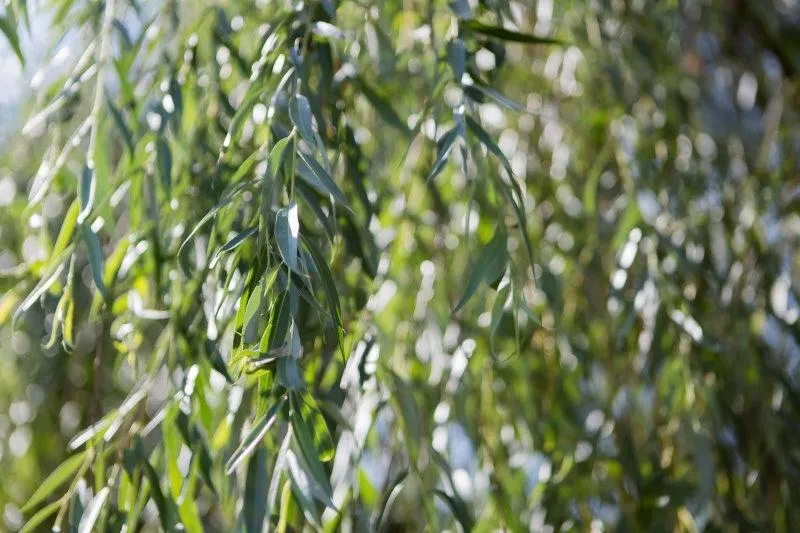
Willows work for me
Willows are best known for their use in cricket bats and as a natural source of salicylic acid, the compound that led to aspirin. But on lifestyle farms, they offer much more than timber or trivia. Willows can help control erosion, provide shade and shelter, and supply valuable stock feed during dry seasons.
Why Willows Matter
Willows are fast-growing, hardy, and highly adaptable. They grow well on sloping or wet ground and help stabilise hillsides and riverbanks. Like poplars, they act as natural water pumps, drawing excess moisture from the soil and reducing runoff. This makes them ideal for erosion control and for planting near waterways where effluent runoff might be a concern.
The foliage is also highly palatable. Stock enjoy eating willow leaves, especially in late summer and autumn when pasture quality drops. In dry years, willow trees can become a critical feed reserve.
From Pest to Asset
Not all willows are equal. Early plantings included crack willows, which are now considered a pest in parts of the South Island, especially along rivers. These trees spread easily and can choke waterways, despite their bright autumn colours.
During the 1960s and 70s, improved willow cultivars were developed from imported stock. These newer types are now sold as 2 to 3 metre poles through regional councils and nurseries, and they perform well as shelter, fodder, and soil conservation trees.
Managing Willow Growth
Left unmanaged, willows can become a problem. They can grow up to 3 metres per year, and large trees are difficult and dangerous to prune.
Pollarding is a good solution. Once trees reach 4 to 7 years old, cut them back at shoulder height. This encourages a bushy regrowth with thinner branches that are easy to prune every year or two using loppers.
If you're using a ladder to climb into the regrowth, always tie it securely to the trunk. Livestock have been known to knock ladders over, leaving people stranded in the tree.
Managed this way, willows will produce quality foliage year after year and can continue to thrive for decades.
Other Benefits
Willows bring beauty to the landscape and help attract birdlife to your block. Planted at intervals of 10 to 15 metres, they also make excellent shelterbelts and can form part of a riparian strip along waterways.
By planting willows alongside other native and introduced trees, you can reduce nutrient runoff, protect waterways, and improve biodiversity while gaining useful shelter and fodder at the same time.

